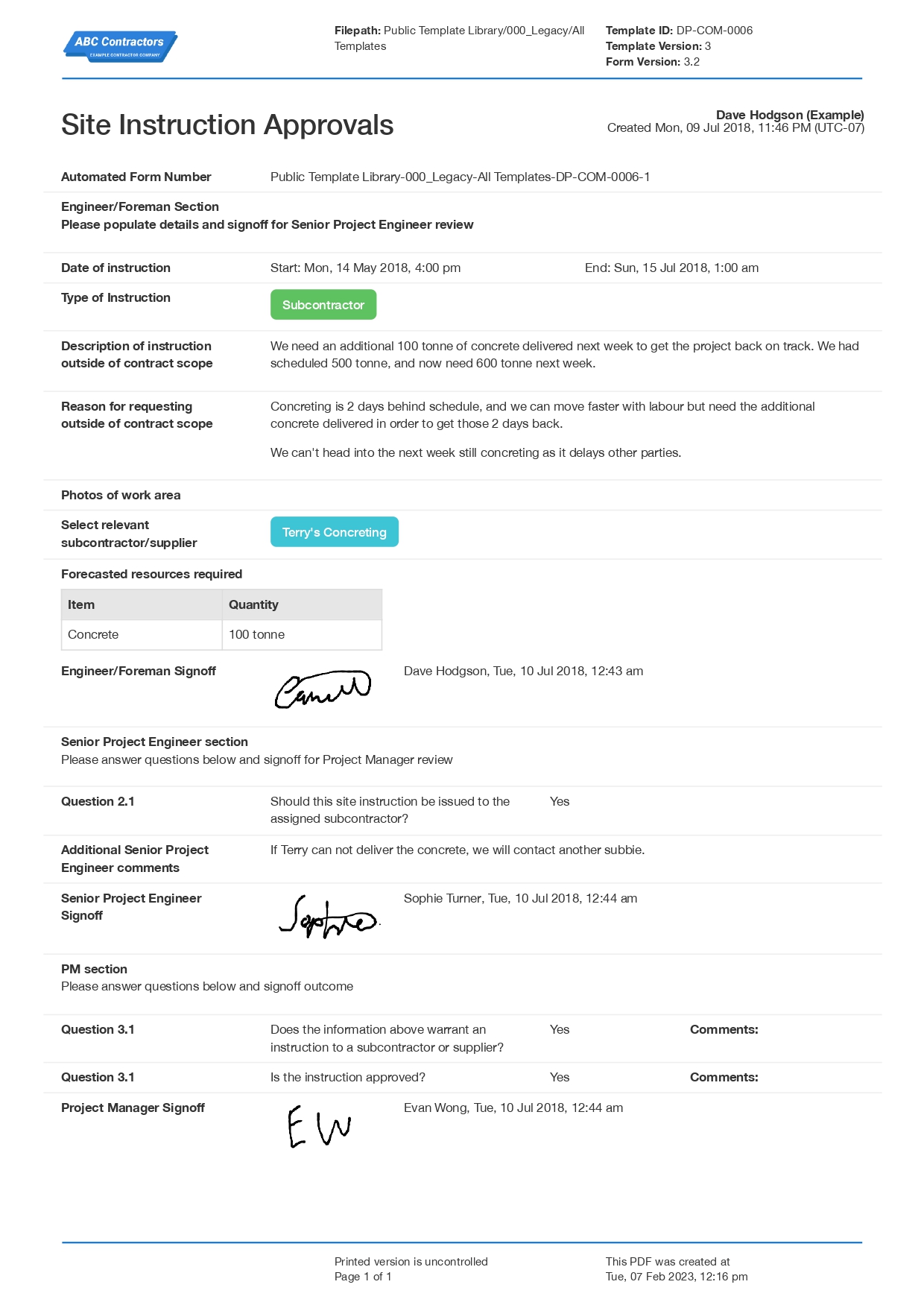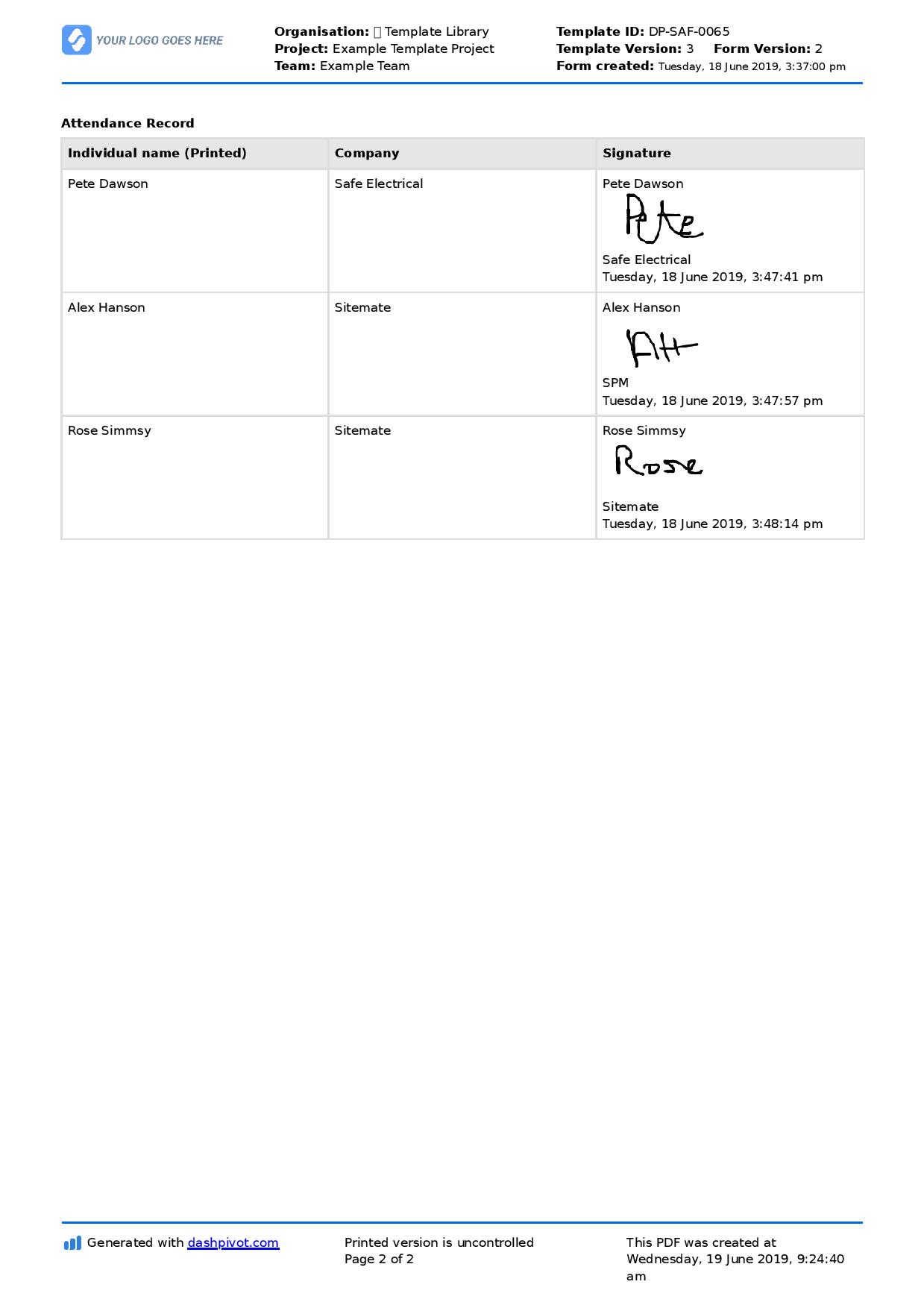Dashpivot article – why is it important to complete timesheets correctly

Why is it important to complete timesheets correctly?
Why is Accurate Timesheet Completion Important for Organisations and Employees?
Accurate timesheet completion is important for both the organisation and employees, as it promotes transparency and accountability in the workplace, and enhances operational efficiency. To most people, it's easy to answer the question why is it important to complete timesheets correctly at a high level, but the consequences of filling them in incorrectly are often more serious than many people think.
With accurate and complete timesheets, organisations are able to control labour costs with a clear data of the employees' working hours, efficiently allocate resources, and budget accordingly.
A timesheet is mainly a tool to record working hours, but it’s also as essential for employee relations and financial management. It’s a vital tool for payroll processing, making sure that all employees are paid correctly and fairly, reducing errors and disputes.
It also serves as a tool that provide insights in employee productivity and overall company or project performance. Additionally, employers are required to follow labour laws and timesheets help organisations comply with them, especially concerning overtime pay and minimum wage requirements.
Employees should accurately fill out timesheets for many reasons that benefit them, such as employees being paid correctly and legal protection. This ensures that the working hours, breaks, and overtime work are justly paid. An accurately filled out timesheet also reflects workers' professionalism and commitment to the job. This transparency and honesty helps builds trust between employees and exhibits accountability. A timesheet shows their daily or weekly productivity and provides insights in their progress and work habits. If an employee displays good performance based on their timesheet records, then the employer can highlight their efforts to be recognised for their contributions.
What are the Consequences of Inaccurate and Incomplete Timesheet Tracking?
Inaccurate and incomplete timesheet tracking have consequences affecting both the organisation and employees. When timesheets are not managed and properly maintained, there are financial consequences for employers, errors in project cost estimation, incorrect paychecks, errors in employee compensation, violation against labour laws, effects showing through operational inefficiency, consequences showing through employee burnouts, signs of lack of workplace trust, and many more. Below are just some of the consequences when timesheet tracking is considered as a tedious administrative task instead of a tool that enhances overall organisation efficiency.
Why is it Important to Complete Timesheets Correctly Reason #1 - Financial Consequences for Employers
By overlooking the timesheet process, the inaccuracies can possibly lead to either overpaying or underpaying workers. If that goes on for a long time, there will be financial losses. When it comes to timesheets for billable hours for service-based businesses, clients could be overcharged or undercharged. All these financial consequences lead to potential legal claims and damaged trust between workers, contractors, and clients.
Violation Against Labour Laws
If employees are underpaid, including underpaid overtime pay, it’s a noncompliance with the minimum wage requirements in most labour laws.
When employers are unable to properly manage timesheet tracking, calculate pays, and maintain accurate records of workings hours, there is a risk of misclassifying hours and overtime. It is mandated in most labour laws that employees should be paid of all hours worked. For noncompliance, employers might have to face legal penalties, lawsuits, and damage to reputation. Labour laws are intended to protect employees from exploitation, and employers must ensure that there is equitable treatment among one another, especially dealing with payroll.
Operational Inefficiency
With incomplete timesheets and not properly maintained tracking system, managers will have difficulty allocating resources effectively, and planning and distributing workloads to workers. Timesheet data is essential in making sure the project or work is on time. Managers can assess if the workers are aligned to the schedules. Furthermore, timesheet data is essential in performance evaluations. The lack of reliable data causes misinformation and discrepancies, disruptions in workflows, reduces productivity, and affects operational efficiency.
Worker Burnout
When the timesheet tracking system in an organisation is not reliable, working hours may not be properly recorded. In addition to that, when overtime hours and pay are not set, this results to employees possibly being required to work longer but without proper compensation. The lack of clarity in the system and workload can result to some workers having more work that realistically possible leading to physical and mental exhaustion. When hours are not properly logged, employees feel as if their efforts are not properly recognised. Feeling burnout, undervalued, and unacknowledged leads to being less productive at work and affecting the overall company performance, ultimately leading to separation.
What Are the Best Practices to Ensure Complete Timesheet Entry?
Employers Setting Timesheet Policies
Employers must define the timesheet tracking system and clarify the contents to workers. Defining the system includes defining instructions around how often timesheets should be submitted (e.g daily timesheets vs. weekly timesheets for multiple employees etc.) rounding mechanics (up or down), as well as what timesheet template or timesheet app should be used to share timesheets with the organisation.
It’s also important that teams know the exact starting and ending time of each worker on site, even if they’re regular, contractual, or freelance employees. Overtime hours and pay must also be properly outlined and explained to employees. There should be strict rules in implementing the working hours and breaks to avoid workers from taking advantage of the sytem. Employers must set to communicate the submission of deadlines, and outline any consequences of late or incomplete entries. For project management and evaluation, tasks completed must be detailed and aligned to the project timeline. Timesheet entries should also be linked to performance evaluations and incentives.
The timesheet tracking system must be structured in a way that workers can trust the system and the organisation to pay them correctly in compliance with labour laws.
Training and Support
Another best practice is to conduct training on how to accurately and correctly track timesheets, especially for workers and team leads. Quick reference guides and FAQs should be readily available for troubleshooting issues.
Simplifying the Timesheet Process by Using Digital Tools also Helps Demonstrate Why it is Important to Complete Timesheets Correctly
One of the best ways to make sure that timesheet entries are accurate are complete is to use user-friendly digital tools and playforms to minimise manual entry and effortful ways to log working hours. Timesheets should be integrated into digital tools to avoid data redundancy.
Dashpivot is the digital tool that simplifies and streamlines the timesheet tracking process. It’s an information management system that makes data sharing between workers on site and employees in the office seamless. Aside from real-time data sharing, collaboration is made easier across team members and the management.
Dashpivot streamlines data entry, reduces the risk of errors, and improves data accuracy. Employers can create their timesheets and other documents in Dashpivot to make them user-friendly. It’s easy to structure a standardised timesheet document in Dashpivot so that only relevant information can be collected from the workers. This ultimately eliminates the need for written entries, manual calculations, and paper-based systems. With real-time sharing, Dashpivot allows workers to easily track and log their hours in real-time just by simply using their mobile phones or tablets. Dashpivot has features that automates calculations for overtime, breaks, regular pay, and overtime pay and ensures they are all compliant with the labour laws.
Imaging using a digital tool where teams can structure tailored timesheet forms, allow real-time data entry via mobile phones and tablets, and save that data into a centralised database. Dashpivot is the tool that can simplify the timesheet process.
Verification from Supervisors, Managers, or Team Leads
It’s necessary for supervisors, managers, or team leads to verify the data in the timesheet forms. This ensures that no one misses out on relevant data for payroll processing, project management, and performance evaluation.
However with Dashpivot, managers can set required fields in timesheet forms. If a worker misses out on an entry and clicks submit, a prompt pops that they’ve missed out on certain fields. This is ensures accountability in the workers' side and avoid any more additional work for the manager.
Dashpivot offers several signature fields especially helpful for the approval process with supervisors, maangers, and team leads. These signature fields are basically e-signature fields. There’s a regular signature that automatically records the approver’s name, date, and time upon signing. For manual signatures, they can sign using their mobile phones or tablets manually. This feature from Dashpivot makes approval simple, quick, and convenient. There’s no need to go back and forth with the papers for approval.
Make the Timesheet Pricess Ready For Data Analysis
Timesheets are especially useful for identifying trends and issues, and evaluating performance. Digital tools like Dashpivot can significantly improve the data analysis process and reduce manual entries for advanced analytics. With a centralised database that collects all timesheet forms, managers can easily review and retrieve documents, and create dashboards to interpret patterns and issues. Generate reports easily from all timesheet forms in the database, and share insights to team members.

Complete timesheets correctly using the above framework for your teams
How does Dashpivot Ensure Accurate and Consistent Timesheet Data Entry?
Dashpivot makes best practices for timesheet tracking achievable and convenient. Being the all-in-one digital tool for creating timesheet structures, to making data entry accessible through mobile phones and tablets, to ensuring fields are complete, to allowing a streamlined process for verification and approval, to collecting all timesheet forms in a centralised database in real-time, and having the feature to generate dashboards, charts, and reports for advanced analytics, insights, and report, it most definitely ensures accurate and consistent timesheet data entry.
Dashpivot features a drag-and-drop form builder that helps you and your team to design a timesheet structure that best suits the use, needs, and roles. There are all sorts of timesheet formats, and with Dashpivot’s flexibility, creating your tailored timesheet forms are made easy. There are text fields, date fields, number fields, formula fields, drop down menus, checklists, signature fields, photo and video attachments, and many more. You can create your own timesheet forms or base the structure from our public library. With this freedom to design, Dashpivot helps employers create a user-friendly timesheet form and employees accurately input necessary data. By combining automation, accessibility, and standardization, Dashpivot streamlines timesheet management and reduces the chances of inaccuracies.

Construction timesheet
Use this flexible framework for your construction teams

Dayworks sheet
Capture adhoc hours easily using this document framework

Delivery docket
Streamline other financial records including dockets

